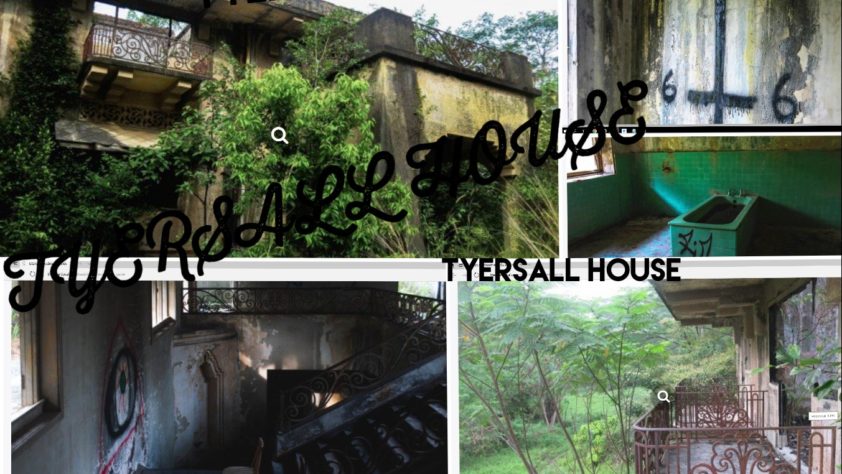
Tyersall House
Tyersall House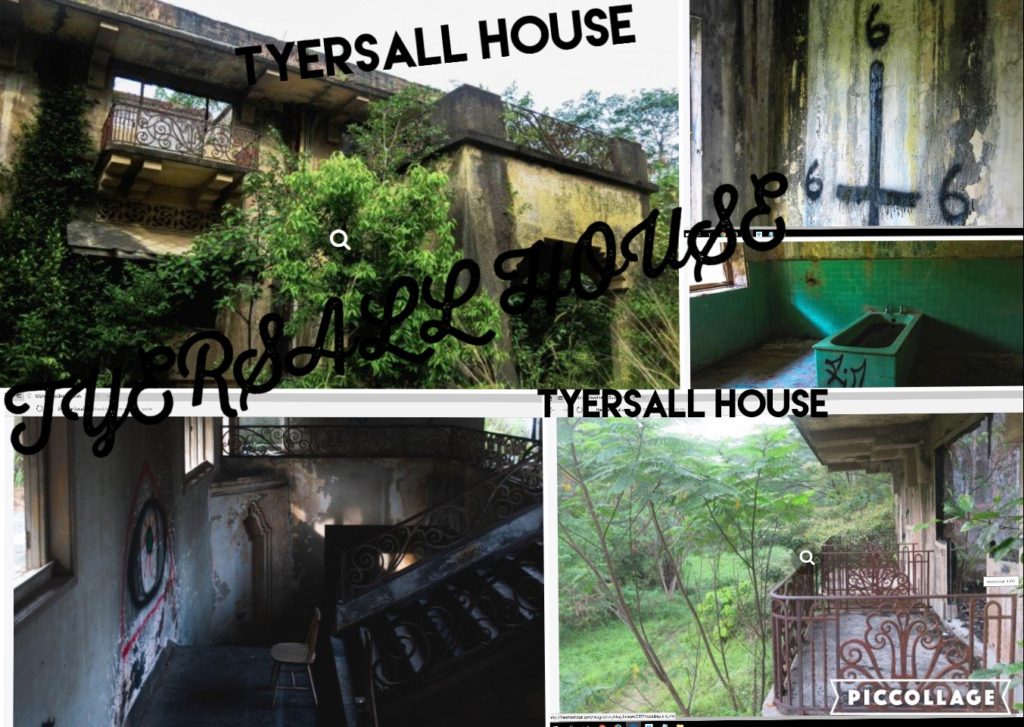
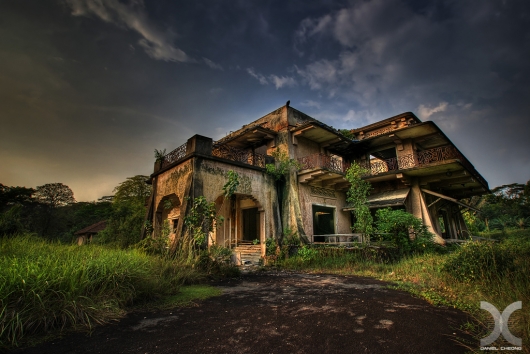
In Singapore, there are historically significant buildings that lie abandoned and shrouded in mystery.
Most of these can be traced back many decades but their storied history is lost among the general public.
Some of the more intriguing ones reach as far back as the 1800s.
Abandoned houses barely turn any heads these days but once, they stood as proud and extravagant palaces where old Asian royalty and the European ruling class mingled at the dawn of a New World.
One such palace was the Tyersall House.
In 1804, William Napier, who was the first lawyer of Singapore and one of the co-founders of the Singapore Free Press, built the Tyersall House on a 60-acre plot of land beside the Botanic Gardens.
Napier was a decorated figure and even served as advisor to Abu Bakar who was commonly known as the ‘Father of Modern Johor’.
Napier’s many accomplishments and contributions saw Napier Road named after him while Tyersall Road was named after his mansion.
He eventually sold the land and the house to Abu Bakar sometime in the 1860s. After assuming the role of Temenggong from his father, Abu Bakar wanted to maintain a presence in Singapore and used the Tyersall House as a means of achieving that.
Unfortunately, misfortune would strike the house in 1890 as a fire completely destroyed it.
However, in 1885, Abu Bakar had proclaimed himself the 21st Sultan of Johor. Thus he felt that it was time to build a new house to commemorate his ascension.
The fire may be happenstance but it paved the way for Tyersall’s replacement; Istana Tyersall.
The architect, Dato Yahya had drawn the plans in accordance with the Sultanah Fatimah’s wishes. The Sultanah who was born Wong Ah Gew, a Chinese woman of Cantonese heritage, was held in the highest of esteem among all of Sultan Abu Bakar’s wives.
The contractor for the house was Wong Ah Fook, a prominent Chinese entrepreneur and philanthropist. He had built many of Johor’s heritage buildings.
Both Wong Ah Fook and the Sultanah became close friends spurred by their common surname and dialect group.
The new Istana Tyersall sat atop a hill and had a commanding view of the entire area. It possessed a Corinthian architectural style topped off with red tiled roofs. A tower nearly seventy feet tall stood in the centre and the house was framed by a porch that had abundant space for carriages.
Furthermore, the spacious palace was filled with extravagant Western-style ornaments and furniture.
Yet among all of its extravagance, its’ most significant and remarkable feature was that it was completely powered by electricity; an impressive feat back then.
Istana Tyersall was completed in 1892 a year after Sultanah Fatimah had passed away.
While she never got to see the completion of the house, it was nonetheless officially declared open by Governor Sir Cecil Clementi during a ball attended by the power brokers of Singapore and Johor society.
Unfortunately, a second fire had destroyed the Istana on September 10th 1905. The cause of the fire was reported to be faulty wiring.
Sultan Abu Bakar had passed away three years after the palace was built and no move was made to rebuild the house after the fire.
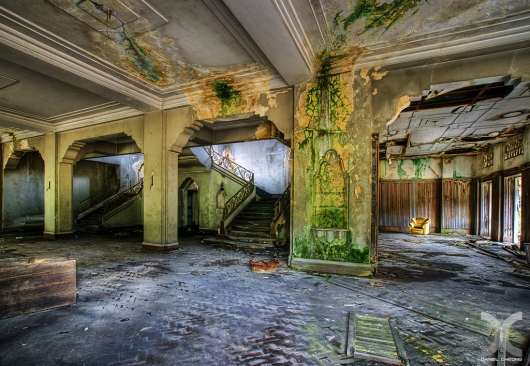
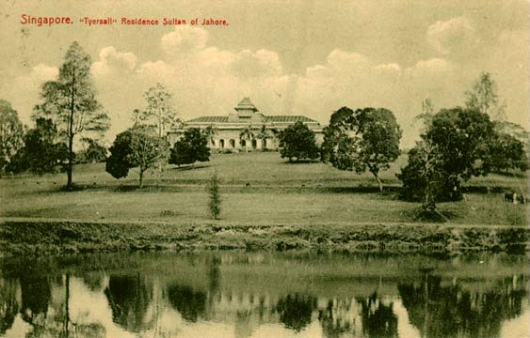
In 1990, the Singapore Government acquired the lands and the remains of the Istana by paying $25 million as compensation to the descendants of the late Sultan.
The only existing legacy of Sultan Abu Bakar in Singapore was the nearby Istana Woodneuk or Woodneuk House. It is commonly mistaken for Istana Tyersall as both palaces exist on the same estate and were associated with Sultan Abu Bakar.
Istana Woodneuk was built for one of the Sultan’s other wives, Sultanah Khadijah.
In his will, the Sultan had given her complete ownership of the house, its material possessions and the ground it sits upon.
The Sultanah had sold the property eventually to Sultan Abu Bakar’s son, Ibrahim Iskander before she passed away in 1904.
Sultan Ibrahim went on to rebuild the house in 1930 for his third wife, the Scotland-born Sultanah Helen Ibrahim.
Istana Woodneuk is most known for its iconic blue tiled roof, differing from Istana Tyersall.
It also stood on the top of a hill within range of an expansive garden. The ruins of the Istana as well as the land still belong to the royal family of Johor.
Yet, no preservation efforts were made.
This former lavish Istana has been overtaken by plants. Its once ornate railings are now lined with rust while broken pieces of furniture are strewn about; their historical significance lost to time.
Even the blue tiled roofs have collapsed, putting the nail firmly in the tomb that was once a grand palace.
– Published in July 2013 issue of The PropertyGuru. Written by: Christopher Chitty, Photos Credit: Daniel Cheong.
Related Post
Good Class Bungalow at Windsor Park...
Good Class Bungalow at Windsor Park bought for $21.68 mil without viewing – Adapted from Cecilia Chow/ EdgeProp Singapore|May 4, 2020 1:0...
James Dyson second ultra- luxury property...
James Dyson second ultra- luxury property in Singapore! A Good Class Bungalow! The Singapore bungalow reportedly bought by James Dyson. Th...
The most expensive homes to have...
The most expensive homes to have been sold in Singapore Adapted from Fiona Ho / EdgeProp | November 10, 2017 10:30 AM MYT While it has take...
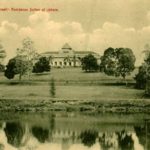
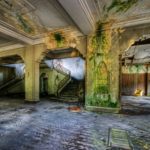
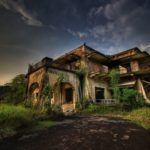
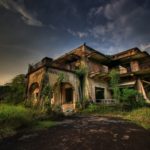
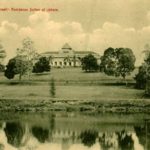
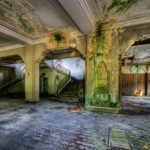

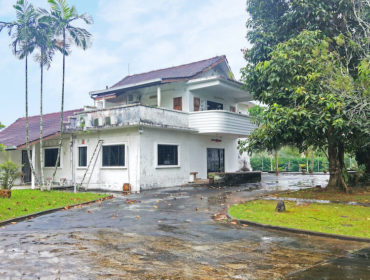

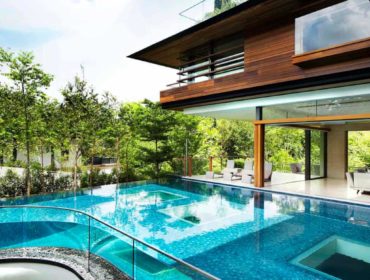
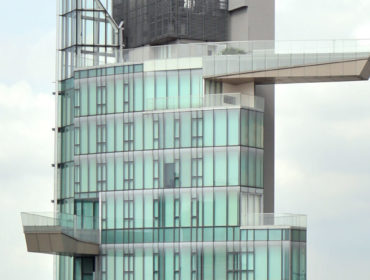
Leave us a comment